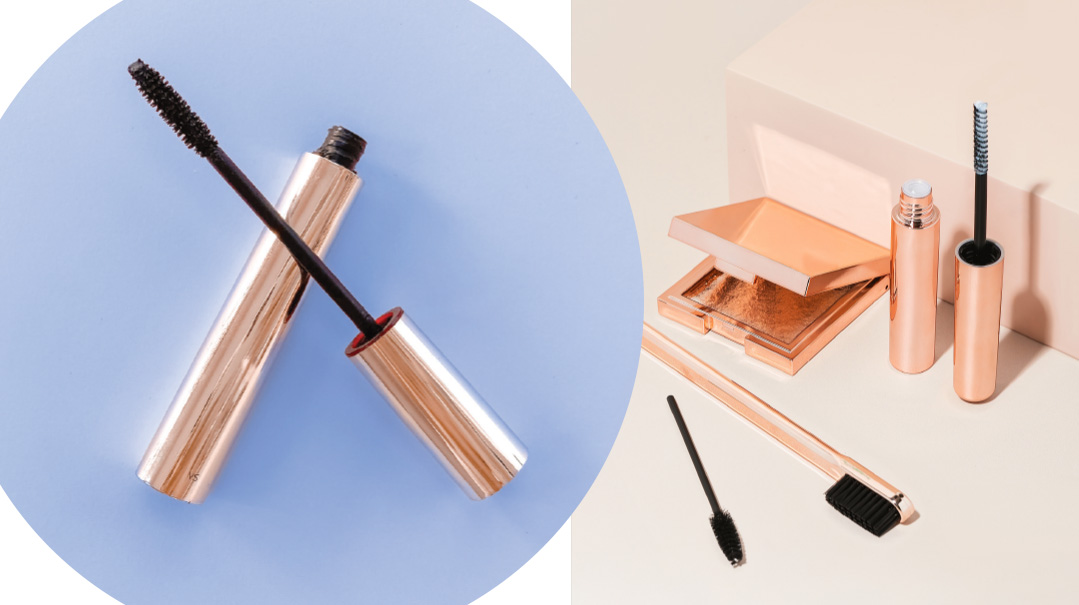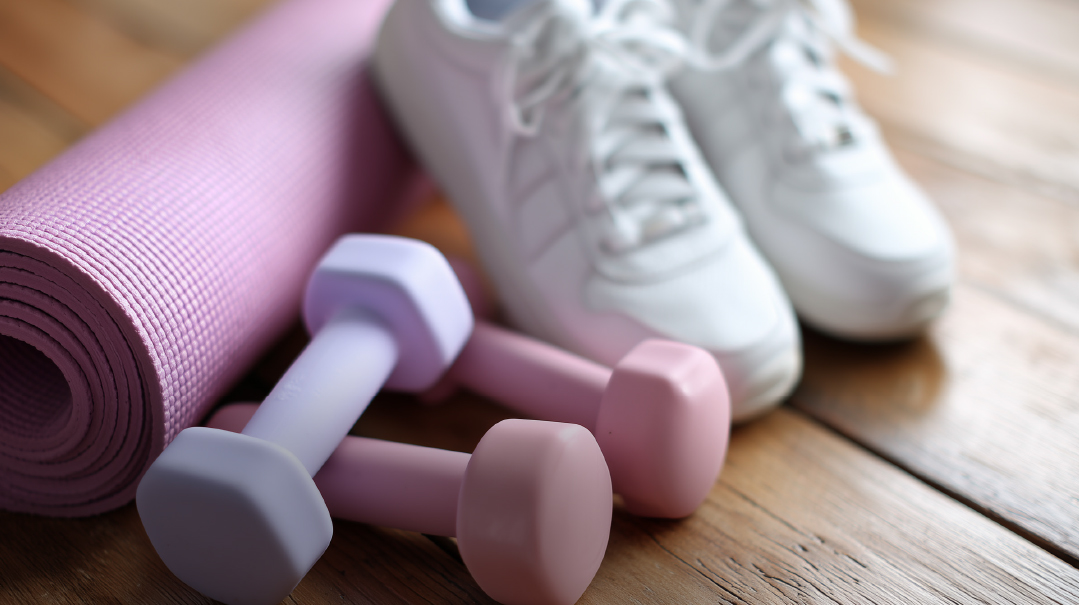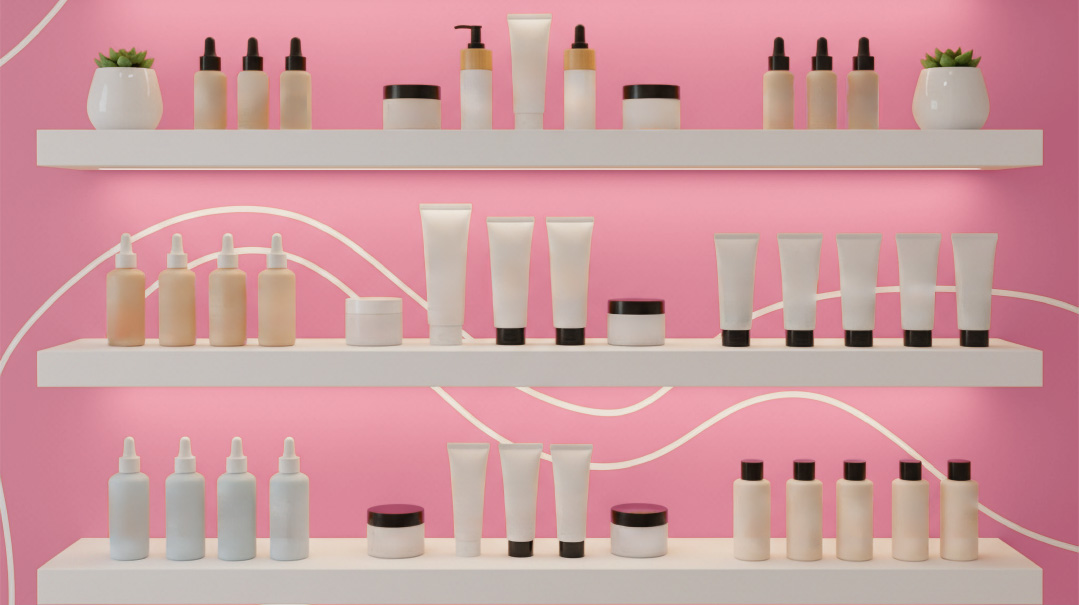Inside Out: A Morning Acne Skincare Routine
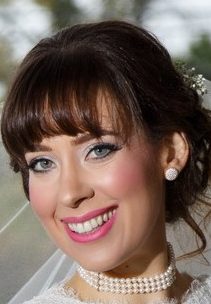
For oily, acne-prone skin, a consistent plan of attack is required
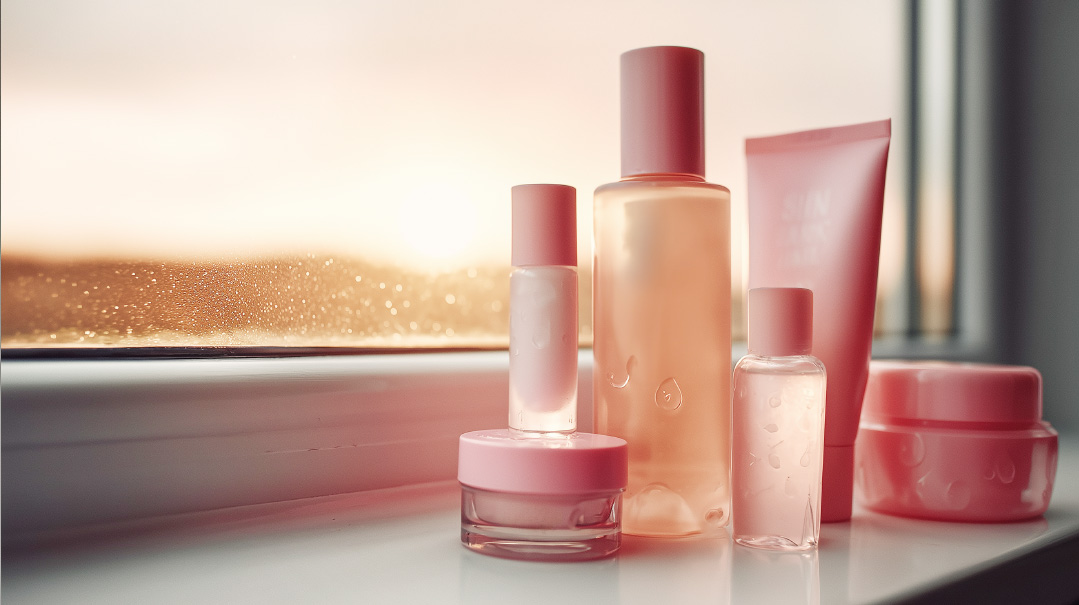
Acne is the bane of the teenage years — and sometimes beyond. The reason why it manifests during adolescence is that hormonal changes tend to unleash excess oil production; the extra oil clogs pores, which, in turn, causes those pores to go haywire. Inflammation and infection can make those gunked-up pores painful and red to boot.
There isn’t only one form of acne, but the most common form is “acne vulgaris,” which manifests in blackheads (open comedones, or clogged hair follicles), whiteheads (closed comedones), and an array of bumps — pustules, papules, nodules, cysts, and so forth.
So for oily, acne-prone skin, a plan of attack is required, and it should be followed with consistency in order to see results.
Let’s start with the daytime routine:
For blackheads, whiteheads, and closed comedones, try a salicylic acid cleanser in the morning, like Cerave Acne Control Cleanser or the milder Renewing SA Cleanser. Salicylic acid is a beta hydroxy acid; since it’s oil-soluble, it exfoliates the gunk from pores. Additionally, it’s anti-inflammatory, reducing redness.
For inflammatory acne, which is red, inflamed pimples, opt for PanOxyl Acne Creamy Wash. The primary ingredient is benzoyl peroxide, which is, in essence, an antiseptic; it annihilates acne-causing bacteria. It also cleans out the excess oil from pores, preventing new acne.
PanOxyl comes in two strengths: 4% and 10%. I know it feels tempting to go stronger, but sometimes stronger products can make things worse rather than better. Stick with 4%; it’ll do the job without aggravation.
Since benzoyl peroxide dries out the skin, start off using it once a day, in the morning. Next — and this is important: Be patient and work a generous amount of cleanser in for one to two minutes. It feels like a long time, but this is when the magic happens and the product does what needs to be done. Even better, leave it on the skin for a few minutes before washing it off. PanOxyl can bleach clothing, though, so make sure you’re not attached to anything you’re wearing and use a white towel.
Next, a salicylic acid treatment will keep pores clear. Consider Cerave Acne Control Treatment. If skin is sensitive, try Naturium Salicylic Acid Serum 2%. Now, it might be tempting to just spot treat, but the goal is also to prevent new acne from forming, so it goes all over the face.
And next up: moisturizer! It seems counterintuitive, but even oily skin needs moisturizer. Acne treatments tend to dry out the skin, so it needs to be replenished. Lipids on the skin keep it protected from the worldly elements, preventing infection and dullness.
Obviously, a lightweight moisturizer is needed — nothing too rich that might make skin break out. Vanicream Daily Facial Moisturizer is free of any irritating ingredients, won’t clog pores, and contains the nourishment that skin needs. It contains hyaluronic acid and ceramides; they are excellent skin hydrators that won’t create new comedones.
To finish, always, always, ALWAYS use sunscreen. This is especially important to prevent post-acne marks; the sun loves to set in scars. Additionally, various acne treatments can make skin more sensitive. There’s Cetaphil Dermacontrol Oil Absorbing Moisturizer SPF 30, which combines moisturizer with SPF, and also somewhat mattifies oily skin. Another option with stronger SPF is Neutrogena Invisible Daily Defense SPF 60 — it has the thin texture of a serum. The dermatologist’s darling is, however, EltaMD UV Clear Face Sunscreen; it contains niacinamide, which prevents post-acne hyperpigmentation, and has the perfect texture. However, it’s on the pricier end of the spectrum.
Next time: The evening routine for acne-prone skin.
(Originally featured in Family First, Issue 949)
Oops! We could not locate your form.




